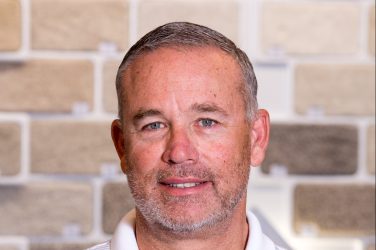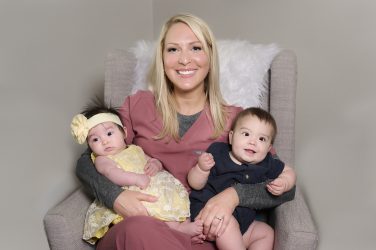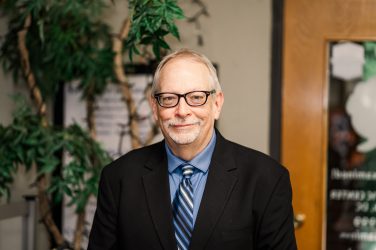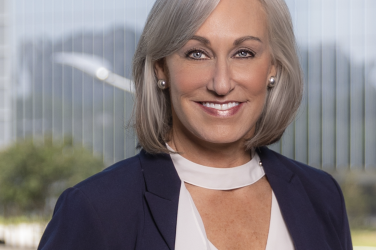
Q&A
You’re A Cardiothoracic Surgeon. Can You Explain What That Means?
As a cardiothoracic surgeon, I’m a medical doctor trained to diagnose and treat diseases of the chest, esophagus, diaphragm, heart, lungs, and trachea. A cardiothoracic surgeon completes medical school then an additional five years in surgery residency and two to three-year in a cardiothoracic-surgery residency program. Alternately, they can complete a six-year integrated cardiothoracic-surgery residency and can also complete additional training in a subspecialized area.
How Is That Different From A Cardiologist?
While cardiothoracic surgeon and cardiologists play equally important roles in the care of a patient with heart disease, cardiologists generally handle diagnosis and medical treatment of heart conditions. They may also perform nonsurgical procedures such as balloon angioplasty, coronary stents, ablation procedures, or placement of devices such as pacemakers or defibrillators. As a cardiothoracic surgeons, I address more aggressive treatment such as bypass surgery and surgical-valve replacement procedures. A cardiologist will general follow-up with the patient once I’ve released them. Some procedures—such as percutaneous valve replacement—may involve both specialists.
In Your Three Decades As A Cardiothoracic Surgeon, How Have You Seen Your Field Advance?
I feel blessed to have played a part in pioneering many minimally invasive thoracic-surgery techniques and technologies, over the past 30 years. Those include video and robot-assisted surgery of the chest, hear t, lungs, esophagus, diaphragm, and trachea, less-invasive procedures which can mean shorter recovery time, less risk of infection, negligible scarring, reduced recovery time, less blood loss, less pain, fewer complications, and far greater success rates. I’ve also had the privilege of pioneering a new mechanical heart valve requiring less anticoagulation and minimally-invasive Electromagnetic Navigation Bronchoscopy (ENB) which allows me to access hard-to-reach areas of the lung, aiding in the diagnosis of lung disease and leading to earlier, personalized treatment, potentially saving lives.
What Are Some Other Procedures You Perform?
Throughout my career, I’ve performed thousands of angioplasties to restore healthy blood flow to the heart, stent placement to open up narrow heart arteries, ablations to treat abnormal heart rates and rhythms, implantations of pacemakers and cardioverter defibrillators to correct abnormal heart rhythms and help hearts beat more efficiently, open heart surgery to treat heart blockages in the coronary arteries or correct problems or defects, coronary artery by pass grafting to bypass a coronary artery that’s narrowed or blocked, heart valve repair or replacement for damaged or diseased valves, ventricular assist devices to treat heart failure, and carotid surgery to remove plaque in a carotid artery.
What Are Some Benefits Of These Procedures?
Cardiothoracic surgeries can help open coronary arteries narrowed by fatty plaque buildup, repair weakened heart muscle or defects, or correct heart-rhythm problems. Because each patient is unique, I work cooperatively with primary-care physicians, cardiologists, or other healthcare providers to offer highly tailored treatment. With new minimally invasive and robot-assisted surgeries success rates of these procedures are greatly improved and the risk factors greatly reduced. After surgery, we’re seeing patients return to enjoying a long, vibrant life.
About The Expert

Darien W. Bradford, MD
Methodist Health System
For more than a decade, board-certified thoracic surgeon Dr. Darien Bradford has performed minimally invasive thoracic surgery, offering patients a successful alternative to traditional open-heart and open-chest surgery. He is highly specialized in video and robotic-assisted thoracoscopic surgery performing a variety of minimally invasive procedures of the heart, lung, pleura, and mediastinum.










